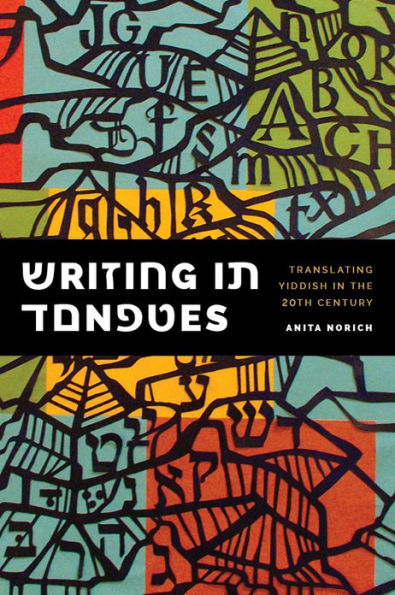Writing in Tongues: Translating Yiddish in the Twentieth Century
Writing in Tongues examines the complexities of translating Yiddish literature at a time when the Yiddish language is in decline. After the Holocaust, Soviet repression, and American assimilation, the survival of traditional Yiddish literature depends on translation, yet a few Yiddish classics have been translated repeatedly while many others have been ignored. Anita Norich traces historical and aesthetic shifts through versions of these canonical texts, and she argues that these works and their translations form an enlightening conversation about Jewish history and identity.
"1115087867"
Writing in Tongues: Translating Yiddish in the Twentieth Century
Writing in Tongues examines the complexities of translating Yiddish literature at a time when the Yiddish language is in decline. After the Holocaust, Soviet repression, and American assimilation, the survival of traditional Yiddish literature depends on translation, yet a few Yiddish classics have been translated repeatedly while many others have been ignored. Anita Norich traces historical and aesthetic shifts through versions of these canonical texts, and she argues that these works and their translations form an enlightening conversation about Jewish history and identity.
105.0
In Stock
5
1

Writing in Tongues: Translating Yiddish in the Twentieth Century
182
Writing in Tongues: Translating Yiddish in the Twentieth Century
182
105.0
In Stock

Product Details
| ISBN-13: | 9780295992969 |
|---|---|
| Publisher: | University of Washington Press |
| Publication date: | 02/01/2014 |
| Series: | Samuel and Althea Stroum Lectures in Jewish Studies |
| Pages: | 182 |
| Product dimensions: | 6.30(w) x 9.20(h) x 0.70(d) |
| Age Range: | 18 Years |
About the Author
What People are Saying About This
From the B&N Reads Blog
